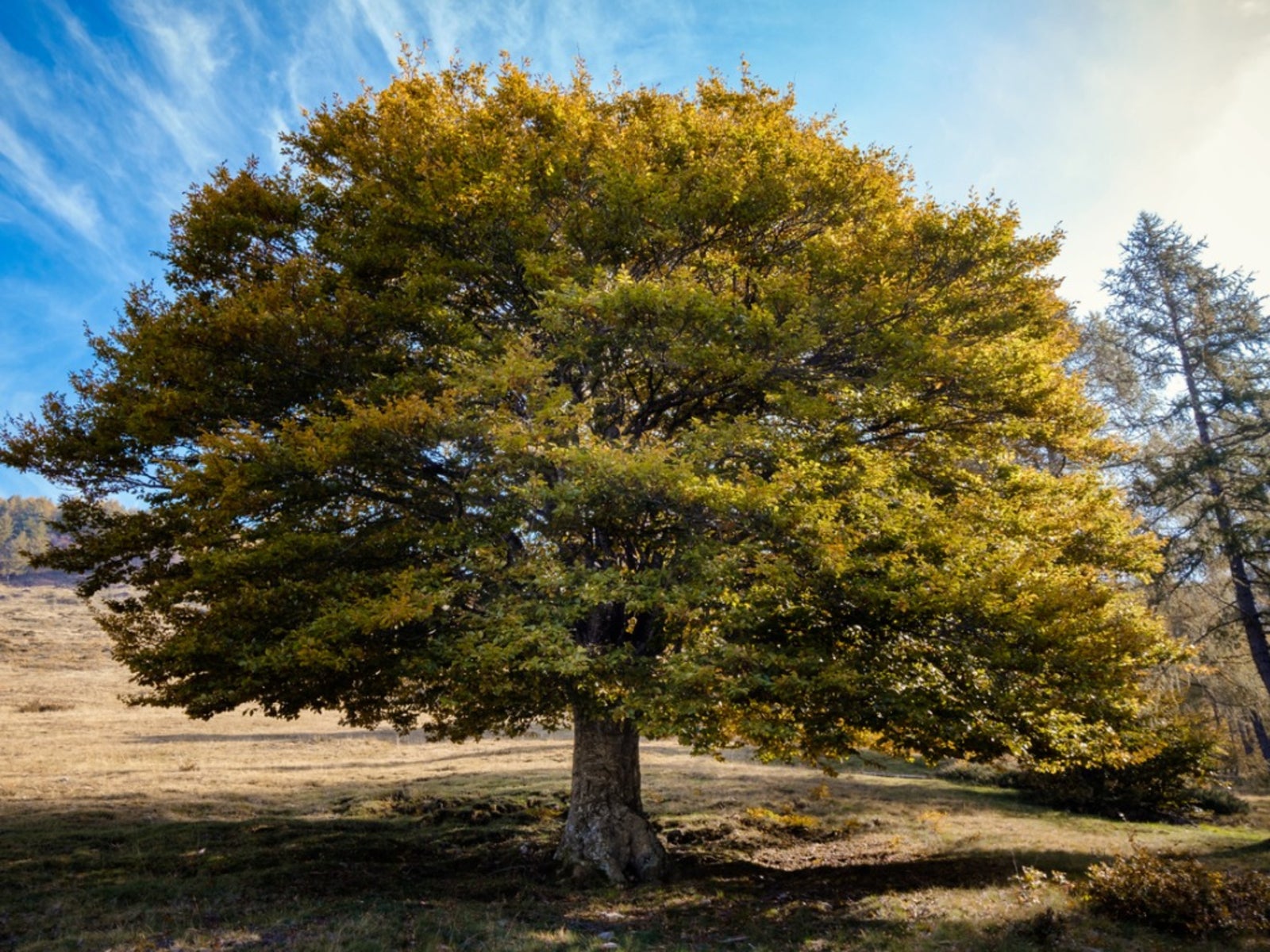Growing Elm Trees: Learn About Elm Trees In The Landscape


Elms (Ulmus spp.) are stately and majestic trees that are an asset to any landscape. Growing elm trees provides a homeowner with cooling shade and unrivaled beauty for many years to come. Elm-lined streets were common in North America until Dutch elm disease struck in the 1930s, wiping out most of the trees. With new, disease-resistant varieties, however, elm trees are making a comeback. Let's learn more about planting an elm tree.
About Elm Trees
Elms are native to Europe, Asia, and North America. They are used as specimen trees in residential landscapes and as street and park trees. They have a shallow root system that makes it difficult to grow anything under them, but their natural beauty and the quality of their shade makes it worth forgoing a garden under the tree. Chinese lacebark elm (U. parvifolia) is one of the best elms for residential properties. It has an attractive, spreading canopy that provides far-reaching shade. Its shedding bark leaves an ornamental, puzzle-like pattern on the trunk. Here are some other types of elm trees to consider:
- American elm (U. americana) grows up to 120 feet (36.5 m.) tall with a rounded or vase-shaped crown.
- Smooth-leaved elm (U. carpinifolia) grows 100 feet (30.5 m.) tall. It has a conical shape with drooping branches.
- Scottish elm (U. glabra) has a dome-shaped crown and grows to 120 feet (36.5 m.) tall.
- Dutch Elm (U. platii) grows up to 120 feet (36.5 m.) with a wide-spreading canopy and drooping branches.
Dutch elm disease is one of the most important problems with elms. This devastating disease has killed millions of trees in the United States and Europe. Caused by a fungus spread by elm bark beetles, the disease is usually fatal. When considering planting an elm tree, always buy resistant cultivars.
Elm Tree Care
Elms prefer full sun or partial shade and moist, well-drained fertile soil. They adapt to wet or dry soil as well. They make good street trees because they tolerate urban conditions, but keep in mind that planting an elm tree near sidewalks can lead to cracks and raised areas. You can plant container-grown trees any time of year. Bare root, balled, and burlapped elms are best planted in spring or late fall. Don't amend the soil in the hole at planting time unless it is very poor. Add a little compost to the fill dirt for poor soils. Wait until next spring to fertilize an elm tree. Mulch the tree immediately after planting. Mulch helps the soil hold moisture and reduces competition from weeds. Use a 2-inch (5 cm.) layer of light mulch such as shredded leaves, hay, or pine needles. Use 3 inches (7.5 cm.) of bark mulch. Water young trees weekly in the absence of rain. A good way to water a young tree is to bury the end of a water hose a couple of inches (5 cm.) in the soil and let the water run as slowly as possible for about an hour. After the first couple of years, the tree only needs watering during prolonged dry spells. Fertilize young elms every spring with a complete and balanced fertilizer. Over-application of fertilizer can harm the tree, so follow the fertilizer manufacturer's instructions exactly. Older trees that aren't adding much new growth don't need annual fertilization, but they will appreciate a light scattering of fertilizer now and then.
Sign up for the Gardening Know How newsletter today and receive a free copy of our e-book "How to Grow Delicious Tomatoes".

Jackie Carroll has written over 500 articles for Gardening Know How on a wide range of topics.